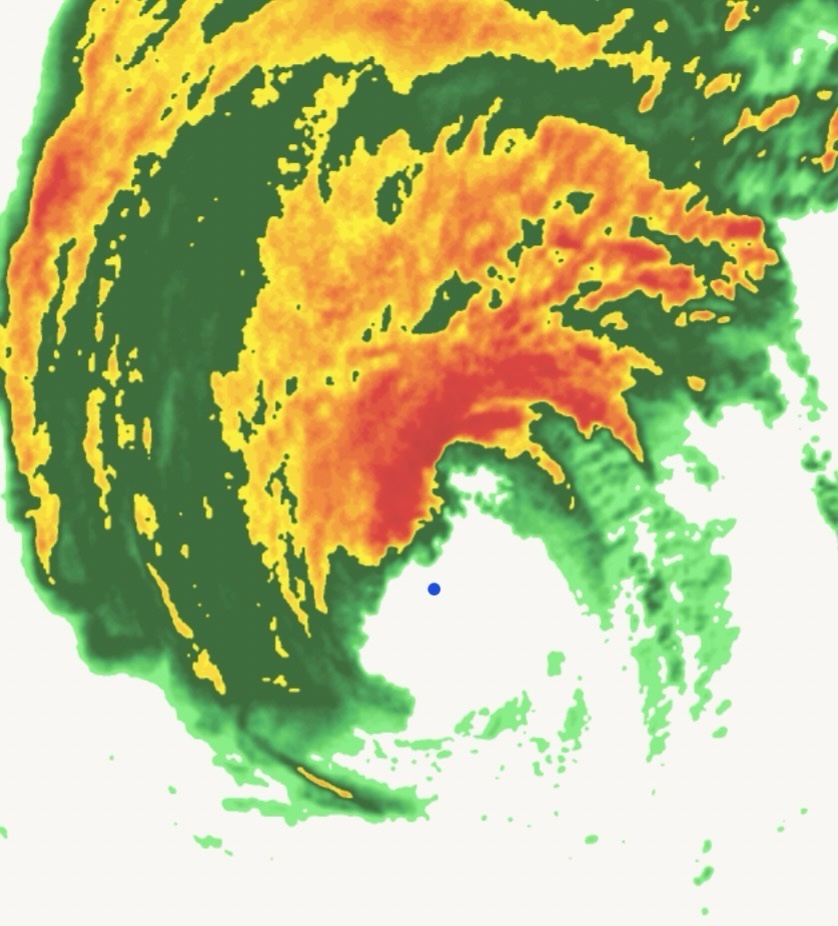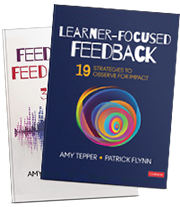Patrick hates wind. Even though I (Amy) lived on a sailboat, I am not a big fan either. We’re not talking about breezes that make for perfect sailing or kite flying. We mean the kind of wind that turns normal tasks into comical or impossible ones.
Recently, I was writing in Patrick’s livingroom looking out the window at him doing yard work as he scooped up clippings and put them in a bin. A few minutes later a gust of wind blew them all over the yard. He was not pleased. Of course I laughed, but have you ever tried to do anything in the wind? Patrick put the clippings back in the bin, continued working, and it happened again. We have all been there.
For the past few years in Patrick’s coastal town, the winter wind comes from the east. This year, Patrick has a new home that faces west and yes, this year, the wind has been relentlessly blowing from the west with many days of 40+mph gusts. Winds at the house can be from the south one part of the day and shift to the west later. It can be calm in the morning and downright rowdy in the afternoon–mirroring day-to-day lives of educators everywhere.
Right now, we’re all in gusty times—again, or still. Leading in these conditions takes more than endurance. It calls for clarity, anticipation, flexibility, and creativity.
Back in 2020, we wrote about formative feedback as a stabilizing force during the pandemic. We still shout from the rooftops its power—but feedback doesn’t exist in isolation. To lead through uncertainty, we must build environments and school cultures that both withstand the wind and harness its power.
“Transformational learning doesn’t pause for chaos.”
–Elena Aguilar
Consider some of our suggestions for potential moves for reflection, summer planning, and back-to-school implementation. These are within a building leader/leadership team’s sphere of control and can serve to support forward momentum.
1. Block the Wind: Create the Conditions for Stability
Just before that windy day we described, Patrick had covered a portion of his shed with a tarp because of a broken window. But when the gusts came, the tarp didn’t hold—the nails weren’t enough. He had to go back out and shore it up with bricks on the roof to keep everything in place. Sometimes, what we’ve built isn’t strong enough for the storm. In leadership, like in life, we don’t always need to rebuild—we just need to reinforce what matters most.
“Predictable structures build the trust needed for growth.” (Bryk et al., 2010)
“Coherence includes emotional connection and relational trust.” (Fullan, 2021)
Leaders, how will you create buffers—through structure, connection, and consistency—that help teams focus? Some examples:
| Summer Moves |
| Audit last year’s rituals, meetings, and routines. Keep what created steadiness, cut what added noise. Design two grounding rituals for fall (e.g., weekly five-minute team check-ins or consistent meeting openers). |
| Back-to-School Moves |
| Co-establish norms involving community-building/ opening rituals for team meetings (e.g., story sharing or values wall) and observe effectiveness and impact. Establish predictable communication and meeting schedules and rhythms early. |
2. Read the Wind: Lead with Awareness and Flexibility
When Amy was living on and sailing between islands, she had to always be aware of the cloud patterns related to the wind and an understand leeward and windward sides of an island– and make decisions daily with this knowledge.
“Get on the balcony to see the bigger picture.” (Heifetz et al., 2009)
“Clarity is overrated. Coherence is the key.” (Fullan, 2019)
Winds shift. So must leadership. How will you use awareness to lead with intention—not reaction? Some examples:
| Summer Moves |
| Review past disruptions. What could have been anticipated? Set early indicators for next year. Create a draft “flex plan” for one initiative—what happens if you have to pivot? |
| Back-to-School Moves |
| Build in short weekly check-ins to surface early shifts. Align actions & decisions to school goals and vision for connection-making. Observe for determined indicators or staff input for trends and integrate into feedback and professional learning planning. |
3. Catch the Wind: Design for Lift
Consider, a CT to CO flight can be 4.5 hours, while CO to CT can be 3.5 hours due to the West to East jet stream. Use the tailwind when possible for momentum, but be mindful of the impact on time and energy of a headwind.
“Reculturing, not restructuring, is the path to real change.” (Fullan, 2019)
“People don’t resist change—they resist loss.” (Kotter & Cohen, 2021)
Strong winds can lift as well as knock down. How will you use disruption to rethink—not just rebuild? Some examples:
| Summer Moves |
| Host a “wind mapping” session: What systems blew over last year? Which ones can be/should be let go? Consider impact on student outcomes. Choose one persistent challenge and gather a team to design fresh solutions using “what if” prompts. |
| Back-to-School Moves |
| Kick off the year with a low-risk innovation that builds on staff strengths, and invite feedback. Use a “prototype board” or Pineapple Chart to share real-time experiments and promote peer-peer visits. |
4. Find the Eye: Protect the Calm That Powers the Work
A large hurricane passed right over Amy’s home in Florida, but her community spent a great deal of time within the eye, which they think contributed to a lack of significant damage.

“Short-term wins create energy and forward momentum.” (Kotter & Cohen, 2021)
“Supportive environments grounded in trust are the foundation for improvement.” (Bryk et al., 2010)
The eye of the storm isn’t outside the chaos—it’s inside it. How will you create spaces where teams can breathe, reset, and keep going? Some examples:
| Summer Moves |
| Identify last year’s energy drains (as inefficient/ ineffective). Replace at least one with a streamlined or asynchronous structure. Block time for classroom visits, visibility, reflection, and connection —and protect it. |
| Back-to-School Moves |
| Launch with a goal that emphasizes both impact and sustainability that is supportive of strengths of the staff. Start a “celebration loop”—weekly, visible recognition of progress and effort and classroom examples. |
Lead Forward
Strong winds, especially in the form of gusts can be scary and disorienting. But fear doesn’t have to stop us or send us inside. In his recent post, Patrick reminds us sometimes the best leadership move is to lead with fear—to notice it, listen to it, and let it steer us toward what truly matters.
Turn pressure into momentum by staying grounded in purpose and people. We may not be able to predict the weather or wind ahead, but we can still choose how we lead through it—with intention, flexibility, and enough vision to catch the gusts that move us forward.
Download the 1-page infographic to bring these moves into your summer planning and/or first six weeks.
References
- Bryk, A. S., Sebring, P. B., Allensworth, E., Luppescu, S., & Easton, J. Q. (2010). Organizing Schools for Improvement: Lessons from Chicago. University of Chicago Press.
- Fullan, M. (2019). Nuance: Why Some Leaders Succeed and Others Fail. Corwin.
- Fullan, M. (2021). The Right Drivers for Whole System Success. Education Reimagined.
- Heifetz, R. A., Grashow, A., & Linsky, M. (2009). The Practice of Adaptive Leadership: Tools and Tactics for Changing Your Organization and the World. Harvard Business Press.
- Kotter, J. P., & Cohen, D. S. (2021). Change: How Organizations Achieve Hard-to-Imagine Results in Uncertain and Volatile Times. Wiley.
Follow us on Linkedin
Order our books Feedback to Feed Forward: 31 Strategies to Lead Learning and Learner-Focused Feedback: 19 Strategies to Observe for Impact today!





Leave a Reply